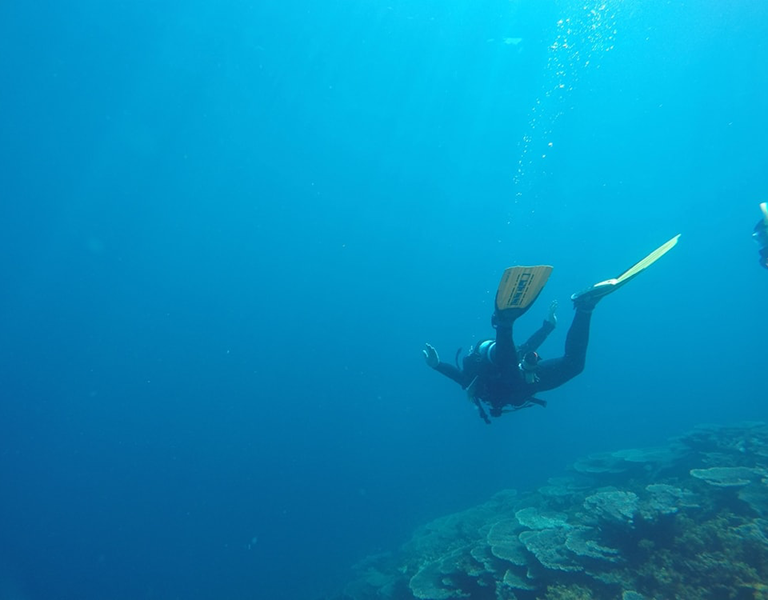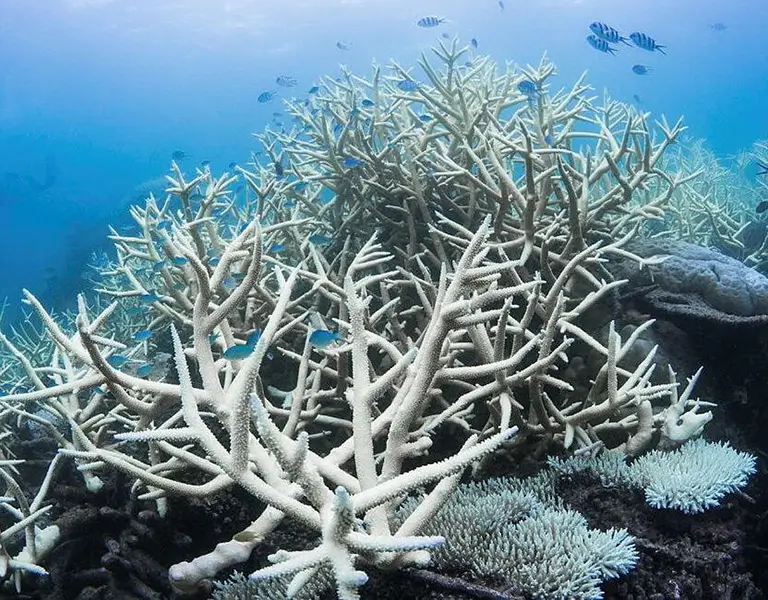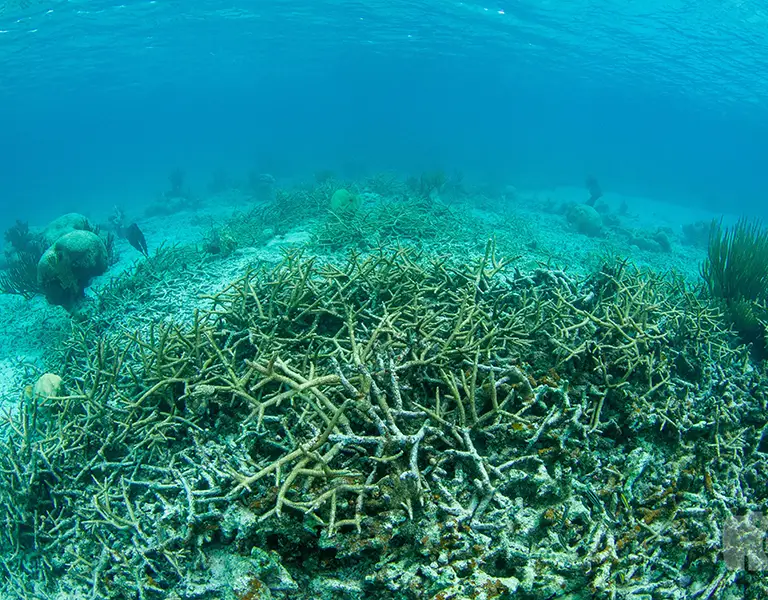The ocean teems with remarkable examples of commensalism in the ocean, where one organism benefits while the other remains unaffected. These symbiotic relationships showcase nature’s ingenuity in marine ecosystems, from hermit crabs seeking shelter to cleaner fish removing parasites.
Key Takeaways
- Commensalism is a symbiotic relationship where one organism benefits while the other is unaffected1
- Examples include hermit crabs using shells, emperor shrimp riding sea cucumbers, and remora fish attaching to sharks
- These relationships occur throughout marine environments, from coral reefs to open ocean
- Understanding commensalism helps us appreciate ecosystem complexity and marine biodiversity
- Many commensal relationships involve protection, transportation, or access to food scraps
What Is Commensalism in Marine Ecosystems?
Commensalism represents one of three primary types of symbiotic relationships found in marine environments, alongside mutualism and parasitism. In a commensal relationship, one organism benefits while the other organism remains unaffected—neither helped nor harmed2,.3 This fascinating dynamic occurs throughout ocean ecosystems, from shallow coral reef ecosystems to the deepest marine environments.
Marine ecosystems showcase extraordinary diversity in species interactions. While mutualistic relationships involve mutual benefits for both organisms, and parasitic relationships see one organism harming another, commensalism occupies a unique middle ground where species coexist without direct impact on each other.
Classic Examples of Commensalism in Ocean Ecosystems
Hermit Crabs and Empty Shells
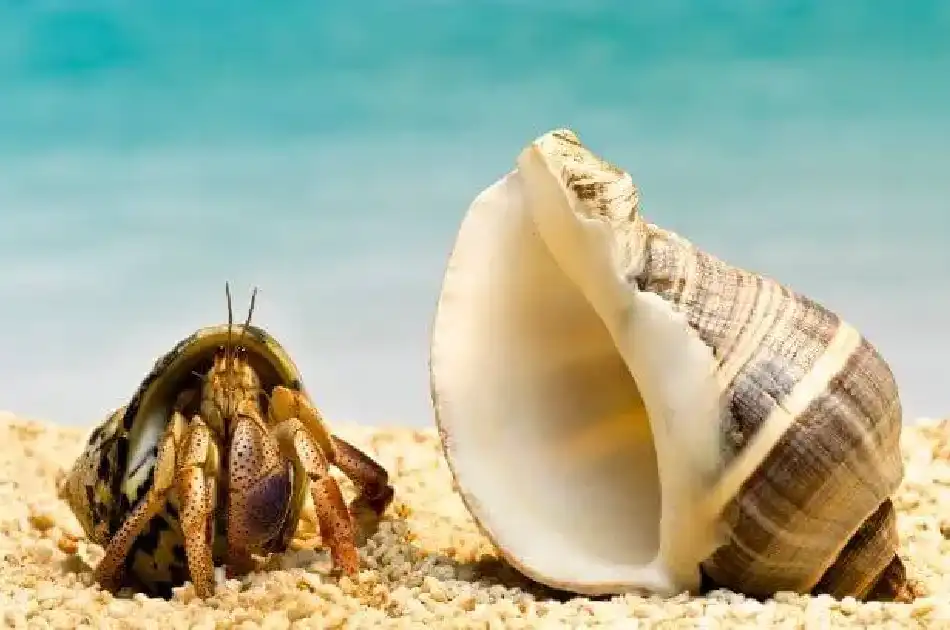
Hermit crabs provide one of the most recognizable examples of commensalism in marine environments. These marine organisms occupy abandoned shells from other species, gaining protection from predators and environmental hazards. The original shell owner receives no benefit or harm from this relationship, making it a perfect example of commensalism4.
The hermit crab benefits tremendously by gaining a mobile home that protects its soft abdomen. As the crab grows, it searches for larger shells, demonstrating how commensal relationships can evolve with the organism’s changing needs.
Remora Fish and Larger Marine Animals
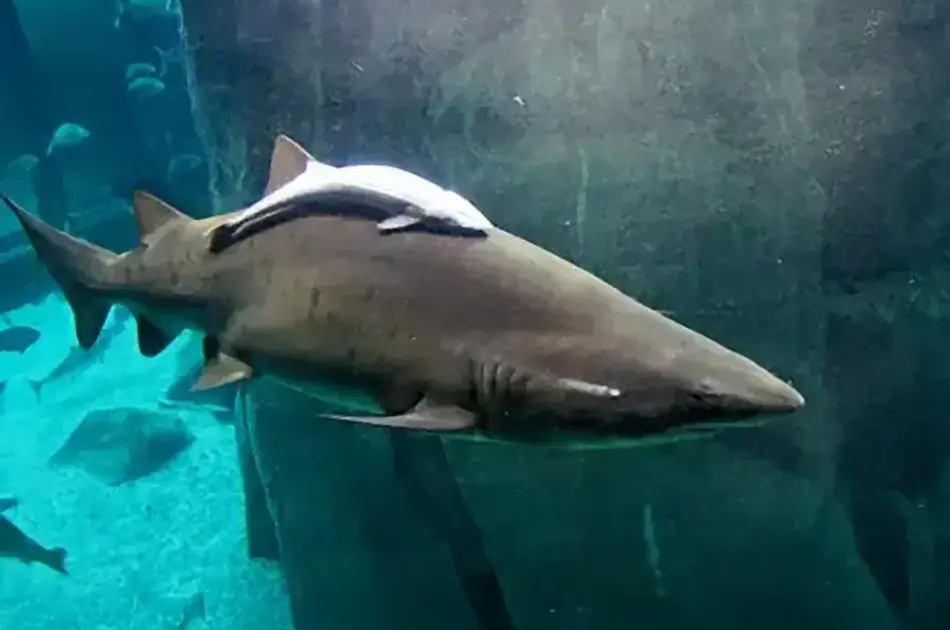
Remora fish exemplify commensalism through their remarkable relationship with sharks, manta rays, and other large marine animals. These small fish attach themselves using specialized suction discs, gaining free transportation through the ocean while remaining unaffected by their hosts.
The remora benefits by conserving energy during travel and accessing food scraps from their host’s meals56. The host shark or ray experiences no significant impact from carrying these hitchhikers, demonstrating the one-sided benefit characteristic of commensal relationships.
Emperor Shrimp and Sea Cucumbers
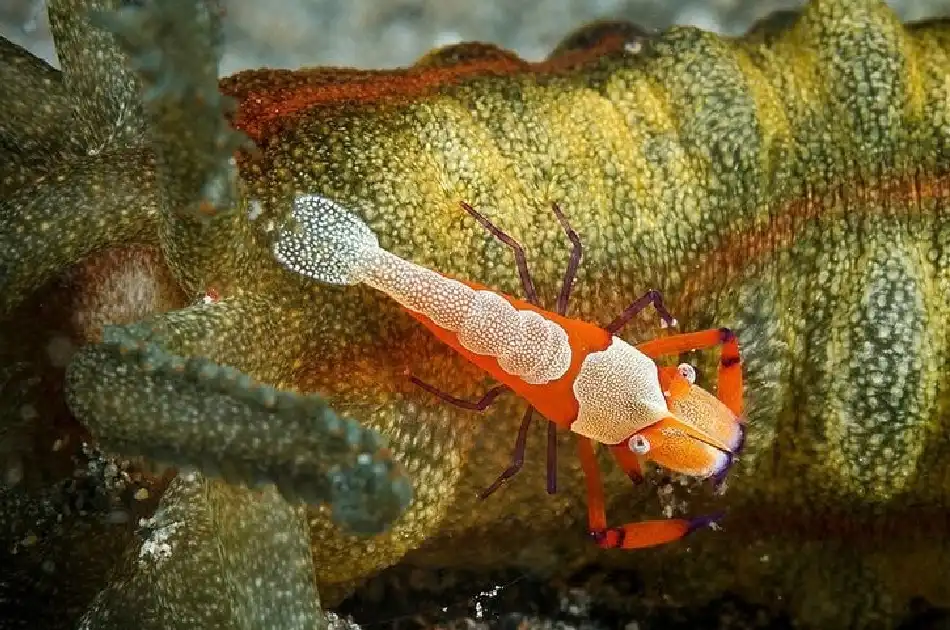
Imperial shrimp, also known as emperor shrimp, create stunning visual displays while riding on sea cucumbers across the ocean floor. These colorful sea creatures gain protection and transportation by positioning themselves on their host’s back. The emperor shrimp benefits from avoiding predators while accessing new feeding grounds as the sea cucumber moves. The sea cucumber continues its normal activities unaffected, making this relation a great example of marine commensalism7.
Commensalism in Coral Reefs

Coral reefs host numerous examples of commensalism, including the relation between porcelain crabs and sea anemones89. These small sea creatures live within the anemone’s stinging tentacles, gaining protection from predators that fear the anemone’s sting. The porcelain crab benefits from shelter and protection, while the sea anemone experiences no direct impact from its tiny tenant.
Cleaning stations represent fascinating examples where commensalism intersects with mutualism. While cleaner fish removing parasites from larger fish typically benefits both species, some relationships lean toward commensalism when the host fish gains minimal benefit. These cleaning services occur throughout coral reefs, where smaller fish species establish territories specifically for removing parasites, dead tissue, and food scraps from visiting marine life.
Pistol Shrimp and Marine Partnerships
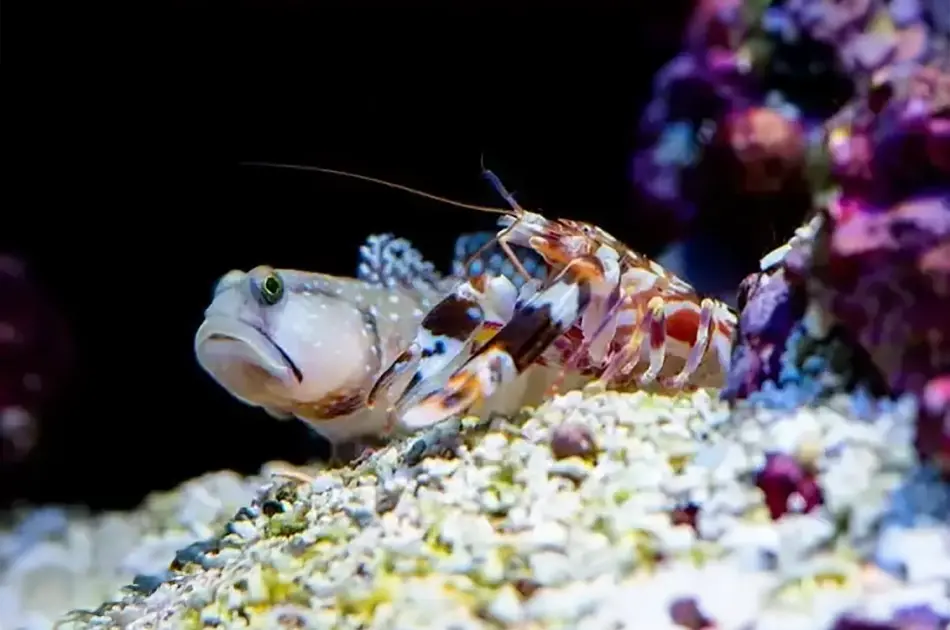
Pistol shrimp create one of the ocean’s most interesting commensal relationships with underwater lives. The shrimp excavates burrows that provide shelter, while other species benefit from the construction without providing direct assistance. The goby acts as a lookout in some relationships, though this borders on mutualism.
This relation demonstrates how commensalism can appear almost mutualistic but maintains its one-sided benefit structure. The benefiting organism gains shelter and protection, while the pistol shrimp continues its normal burrowing behavior largely unaffected by its tenant.
Different Species in Marine Environments
Numerous fish species have evolved commensal relationships with larger marine animals. Small fish often follow feeding whales, dolphins, and large fish to capture stirred-up prey and food scraps without directly interacting with their unwitting providers. These relationships showcase how underwater lives adapt to maximize feeding opportunities in ocean ecosystems.
Boxer crabs demonstrate unique commensalism by carrying small sea anemones in their claws. The crabs wave these anemones like pompoms to deter predators, gaining protection through their partner’s stinging capabilities. The anemone potentially benefits from increased feeding opportunities as the crab moves through different areas.
Transportation and Protection Benefits
Many examples of commensalism involve transportation benefits. Small marine lives often attach to or follow larger species to access new feeding grounds, escape predators, or conserve energy during long migrations. These “free ride” relationships occur throughout marine food webs, from microscopic organisms attaching to larger plankton to barnacles securing themselves to whale skin.
Protection represents another major benefit in commensal relationships. Sea creatures often seek shelter with species that possess defensive capabilities, such as toxic compounds, sharp spines, or intimidating size. This protection allows smaller, more vulnerable species to survive in environments where they would otherwise fall prey to predators.
Cleaner Fish and Essential Nutrients
Cleaner wrasse establish cleaning stations where larger fish visit to have parasites removed. While this service typically benefits both organisms involved, some relationships lean toward commensalism when the cleaner fish gains more substantial benefits than its clients. The cleaner fish obtains nutrition from parasites and dead tissue, while some larger fish experience minimal health benefits from the cleaning process.
Many commensal relationships in marine environments revolve around food access. Smaller underwater lives follow larger exploiters to collect food scraps and disturbed prey, benefiting from feeding opportunities they couldn’t create independently. Through these relationships, organisms access essential nutrients that would otherwise be unavailable to certain species.
Sea Anemones and Larger Fish
Sea anemones form fascinating commensal relationships with various marine lives. Many sea creatures seek protection by associating with species possessing defensive mechanisms like stinging tentacles. Living among these protective organisms provides safety from predators while allowing normal feeding and reproduction.
Finding appropriate shelter in ocean ecosystems often involves commensal relationships. From fish hiding in coral crevices to crustaceans occupying spaces near sea anemones, these relationships provide essential protection from environmental hazards and exploiters. The shelter-seeking organism benefits from increased survival rates while the shelter provider typically experiences no negative impact.
Types of Symbiotic Relationships and Ocean Biodiversity
Understanding commensalism requires distinguishing it from other symbiotic relationships. While parasitic relationships harm one organism, and mutualistic relationships benefit both, commensalism provides one-sided benefits without harm10. This distinction helps marine biologists understand ecosystem dynamics and how different species interactions contribute to ocean biodiversity and stability.
Symbiotic relationships, including commensalism, occur at every level of marine ecosystems. From microscopic organisms to large marine mammals, these interactions shape species evolution and ecosystem structure. The prevalence of symbiosis in ocean environments demonstrates the interconnected nature of marine life and how species adapt to coexist in shared spaces.
Marine Organisms and Ecosystem Complexity
Commensal relationships contribute to the intricate web of connections in ocean ecosystems. These interactions influence species distribution, feeding patterns, and reproductive success across marine environments. Understanding these connections helps scientists predict how environmental changes might impact marine biodiversity and ecosystem function.
The evolution of commensal relationships demonstrates how sea creatures adapt to exploit available resources and reduce competition. Through commensalism, species find innovative ways to thrive in challenging marine environments while minimizing direct competition with other organisms. The marine world provides countless examples of this one-sided benefit system, from barnacles on whales to fish following sea turtles.
Conclusion
Examples of commensalism in the ocean reveal the remarkable adaptability and interconnectedness of marine life. From hermit crabs finding shelter in empty shells to remora fish hitchhiking on sharks, these relationships demonstrate how organisms can benefit from partnerships without harming their hosts. Understanding these symbiotic relationships becomes increasingly important for conservation efforts as coral reef ecosystems face unprecedented challenges.
The study of commensalism in marine environments provides crucial insights into ecosystem function and resilience. By appreciating these intricate relationships, we gain a deeper understanding of the complex web of life that makes our oceans so biodiverse and essential to planetary health.
About Coral Vita
Coral Vita is a mission-driven company dedicated to restoring our world’s dying and damaged reefs. Using innovative land-based farming techniques, Coral Vita grows diverse and resilient corals in months instead of the decades they take in nature. These corals are then transplanted into threatened reefs, helping to preserve ocean biodiversity while protecting coastal communities that depend on healthy reefs for protection, food, and income.
Founded by environmental entrepreneurs Sam Teicher and Gator Halpern, Coral Vita’s high-tech coral farms incorporate breakthrough methods to restore reefs in the most effective way possible. In 2021, the company was recognized as the inaugural winner of Prince’s William’s Revive Our Oceans Earthshot Prize Winner for their pioneering work in coral restoration.
To learn more about Coral Vita’s work or to get involved in coral reef conservation efforts, visit their website at www.coralvita.co or contact them directly through their Contact Us page.
FAQ
What is commensalism in marine ecosystems?
Commensalism is a symbiotic relation where one marine organism benefits while the other remains unaffected. Unlike mutualism where both benefit, or parasitism where one is harmed, commensalism creates one-sided advantages without negative impact.
Can you give simple examples of ocean commensalism?
Common examples include hermit crabs using empty shells, remora fish attaching to sharks, and barnacles growing on whales. In each case, one organism gains protection or resources while the host experiences no significant effect.
How does commensalism differ from mutualism in the ocean?
Commensalism benefits only one organism while the other is unaffected, whereas mutualism benefits both organisms involved. Many marine cleaning relationships represent mutualism since both cleaner and client benefit from parasite removal.
Why is commensalism important in coral reef ecosystems?
Commensalism contributes to coral reef biodiversity by allowing multiple species to coexist efficiently. These relationships help organisms access resources, avoid predators, and exploit ecological niches without increasing competition or conflict.
References
- https://oceanexplorer.noaa.gov/facts/symbiosis.html ↩︎
- https://www.marinebio.org/conservation/marine-ecology/symbionts-parasites/ ↩︎
- https://education.nationalgeographic.org/resource/symbiosis-art-living-together/ ↩︎
- https://www.sciencedirect.com/science/article/abs/pii/S0022098104001133 ↩︎
- https://onlinelibrary.wiley.com/doi/10.1111/jfb.15759 ↩︎
- https://en.wikipedia.org/wiki/Remora ↩︎
- https://www.siladen.com/news/facts-about-the-commensal-emperor-shrimp/ ↩︎
- https://ocean.si.edu/ocean-life/invertebrates/porcelain-crab-and-anemone ↩︎
- https://bios.asu.edu/currents/understanding-unique-relationship-between-crustaceans-and-sea-anemones ↩︎
- https://www.worldatlas.com/animals/10-examples-of-commensalism-in-nature.html ↩︎




